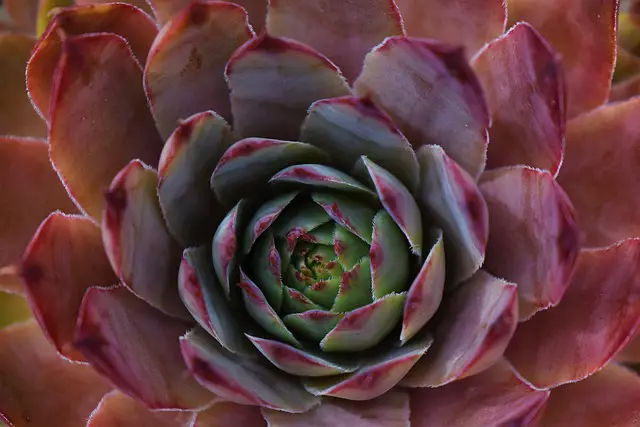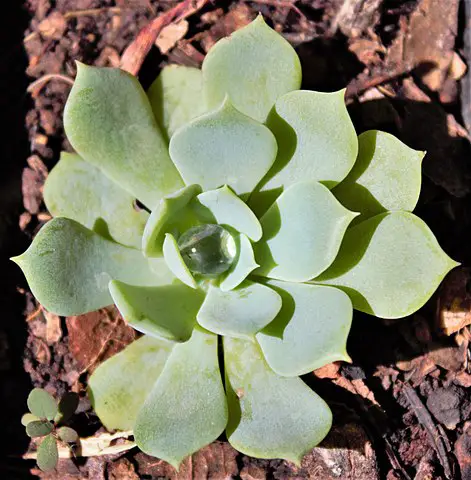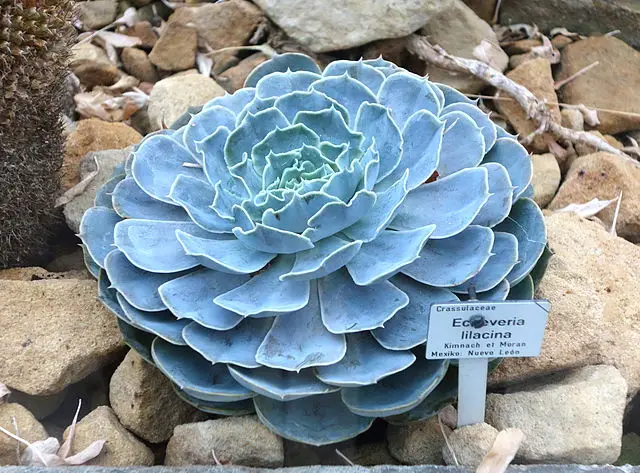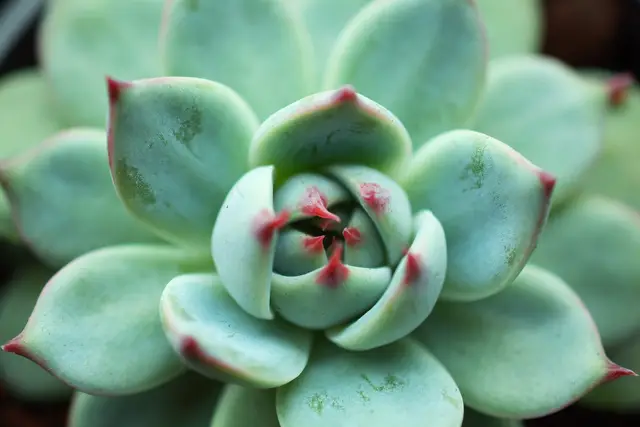Watering Mexican Snowball plant involves understanding this attractive succulent’s habitat and growth habits in the wild. Due to the diversity of species in the echeveria genus and the habitats in which they grow, as well as the amount of variety within succulents and cacti as a whole, it can be easy to misunderstand the ideal care of an individual species. This can be by confusing it with similar species or by following myths and assumptions about its care derived from generalised information which isn’t necessarily true for the individual species.
For Mexican Snowball, the popularity of this plant means it is commonly chosen by beginners and therefore mistakes are also common. Whilst echeveria elegans is tolerant, it is nevertheless important to understand how it’s habitat and natural growth affects its watering because otherwise you cannot see it fully thrive. When taken good care of and watered properly, echeveria elegans can grow a strong root system and flower stalks, healthy leaves, and form aesthetically pleasing rosettes.
When unhealthy and not taken good care of, it can develop yellowing leaves or shrivelled leaves at the base, shallow or rotting roots, and will fail to flower or may even go into dormancy early or at the wrong time. Read on to find out how to properly water Mexican snowball at any level of ability for optimum growth and plants which fully thrive.
Habitat of Echeveria Elegans
Mexican snowball plant grows in mountainous regions in the state of San Luis Potosi in Mexico where it inhabits nooks and crannies. As a result, this directly affects it’s root system which has adapted to cope with fluctuations in temperature and rapidly draining soils which do not always hold together.
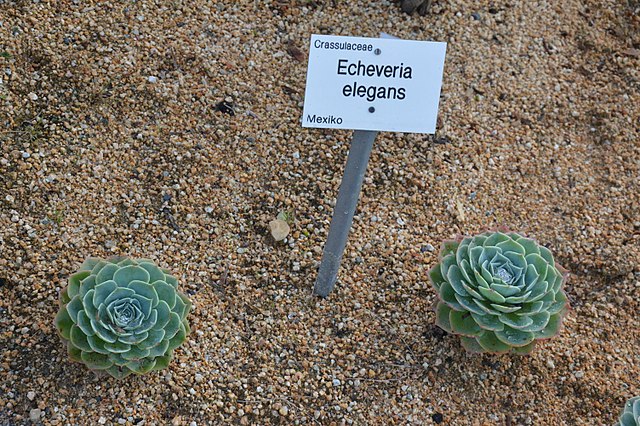
In its natural habitat, echeveria elegans is subject to heavy and intense bursts of rain where in between these it may dry out completely and even undergo periods of drought. This pattern of extremes in water availability means its root system develops in bursts where it spreads roots far and wide during the drier times in order to search for new areas of water deep down in the soil. Due to the fast draining soil in its natural habitat, when it rains echeveria elegans absorbs water rapidly and stores it in readiness for the next period of drought.
Mimicking the Natural Habitat of Echeveria Elegans
For echeveria elegans to thrive properly it is therefore important to mimic its natural habitat. This can be done by keeping the correct methods of watering and being sensitive to signs that your plant has been over under watered. To mimic the plants natural habitat create fast draining soil by mixing regular soil with sand or a mixture of sand and perlite. Although specialist cactus and succulent soil can readily be found, this isn’t necessarily appropriate for echeveria elegans due to its habitat being different from the completely arid or semi-arid environments some cacti and succulents come from.
Begin by watering in long, deep bursts, completely soaking the soil and then leaving it to dry completely so that the plant may form a strong root system in between watering. If your Mexican snowball plant responds positively, continue in this manner, otherwise look out for signs of over or under watering including root rot, which indicates you have to reduce the length of each watering period.
Signs of Incorrect Watering in Echeveria Elegans
One of the problems novice succulent growers encounter is over or under watering. Overwatering can sometimes be harder to spot than underwatering because the symptoms are not as stereotypically known as those for underwatering. One of the main symptoms of overwatering echeveria elegans is root rot. Because these plants live in semi-arid conditions they can be prone to overwatering and root rot if not watered in the correct way.
Signs of root rot are black, mushy looking roots, which are one of the early warning signs. When root rot becomes more severe the leaves at the base of the stem begin to yellow and go floppy, damp, and mushy. They lose their vigor and are unable to retain water. On the other hand, under watering of echeveria elegans can result in dry, shriveled leaves.
It is important to note that whilst these plants are succulents, they do not grow in the desert, and in fact, their natural habitat can even experience alpine conditions at times. Therefore, although the pattern of deep watering with intermittent breaks must be observed in order to optimally care for echeveria elegans, this doesn’t mean this succulent can be left in dry desert conditions which would ultimately be too arid for it.
Watering Mexican Snowball During Propagation
When propagating Mexican snowball, it is important the remember that up until the point of growing roots it should not be watered too much as the mother leaf needs to be allowed to shrivel and give its energy to the roots. Dryness must be observed in order for the leaf to callous over and for roots to form.
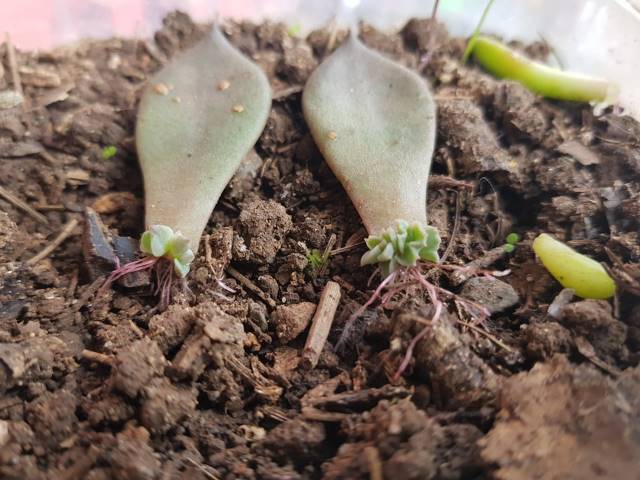
Watering by Soil Type
You may see it recommended to grow succulents in a mixture of soil and sand or sand and perlite. However, this does not necessarily apply to all succulents and echeveria elegans in particular has a mountainous as opposed to desert habitat. Perlite is a natural volcanic glass which stores water and expands as it absorbs heat. Therefore note that if you have used perlite in your soil mix you should water less frequently.
The temperature pf the surrounding environment also means that the perlite will expand and more water will be stored so this will affect the amount you actually need to water. Like anything to do with growing plants it is an art as opposed to a science and therefore can only be learnt from experience and observation of your individual echeverias – no conditions are exactly the same.
Another common recommendation for succulents is to plant them in specialist cactus soil but it is important to take into account that these also affect watering. For example, these soils are designed for a huge range of succulent plants which may grow anywhere from full desert areas to mountainsides such as echeveria elegans.
Therefore to achieve optimum growing conditions after buying a soil you can test it for water retention to see exactly how long it takes for a certain amount of soil to dry out and therefore prevent under or overwatering without having to go through the process of accidentally over or under watering a plant.
Sand is often more rapid draining than either perlite, regular soil, or cactus soil, so if using sand the interspersed dry periods involved in a typical watering pattern for echeverias will necessarily be slightly shorter.
Watering Based on Stage of Growth and Plant Size
Another thing to note is that plants require more water at different stages of their growth. Therefore seedlings and small succulents as well as plants which are in the middle of propagation require a bit more water than fully grown plants. Likewise plants which are about to flower may require more water. This can be achieved by increasing the length of each watering period whilst maintaining the same space in between watering to prevent root rot and allow soil to dry out fully.
Watering and Pest Control
Watering is an important part of pest control as many of the most common pests which affect succulents are attracted to plants which have been over watered or over fertilized. As a result, allowing plants to dry out a bit – even to the point of having some of the leaves shrivel a bit – can be useful to get rid of a pest infestation. When overwatering does occur problems can very quickly compound because this leads to root rot and affect’s the plants ability to defend itself, as it cannot absorb sufficient nutrients and its energy levels will be depleted.
Breaking out of Watering Patterns
Watering is important to consider in tandem with daylight levels, temperature, environment, and even whether the succulent is moved to different places over the course of the day. None of these factors exist in isolation and as a result optimum growing conditions for plants at every stage can be obtained by considering watering alongside every other factor affecting growth. Once a pattern of watering has been established which your Mexican snowball tolerates – generally involving deep watering interspersed with dry periods which allow the soil to dry out fully – this can then be adapted based on other factors and how successfully your plant is growing.
Conclusion
In conclusion, watering seems simple but is actually a complex and interconnected process which has many factors affecting it. By fully understanding these and how they affect echeveria elegans or Mexican snowball plant at every stage of growth and propagation an intuitive understanding of your plants can be reached which allows for optimum growing conditions no matter what other factors are affecting them.

